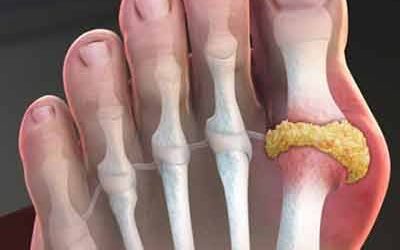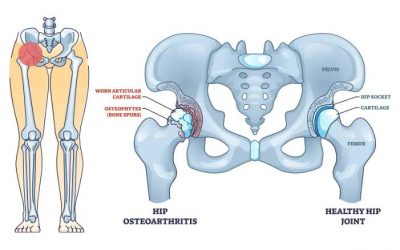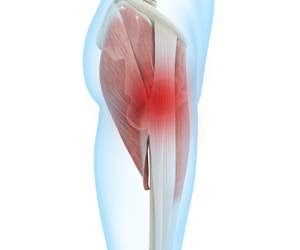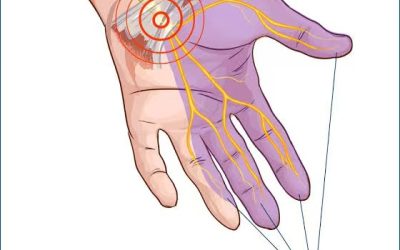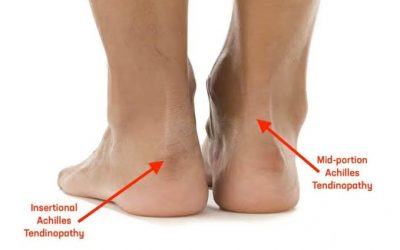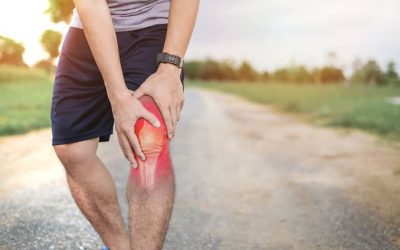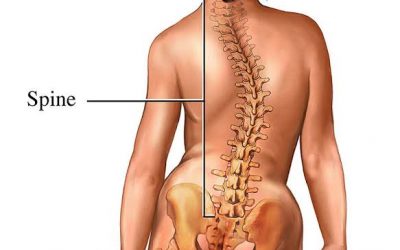The Upper-crossed Syndrome
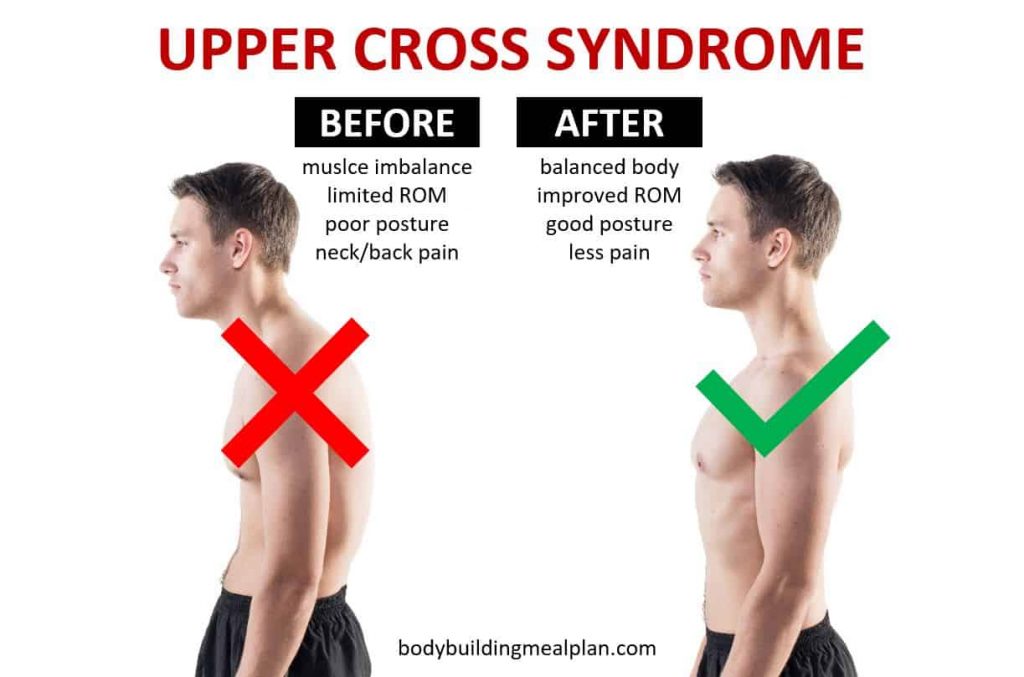
The Upper-crossed syndrome (UCS ) is an abnormal muscle function pattern resulting from prolonged poor posture or incorrect training. This condition leads to imbalances in the biomechanics of the body, causing tightness in the upper trapezius, levator scapulae, pectoralis major, and pectoralis minor muscles, while the lower trapezius, rhomboid muscles, and deep cervical flexors become weak. With one group of muscles being overactive and the other underactive, there is a crossing of force lines, leading to abnormal posture and a series of clinical syndromes characterized by pain in the neck, shoulders, and back, as well as functional impairment of the upper limbs. The main manifestations include rounded shoulders, kyphosis, forward head posture, and winged scapula.
Due to the imbalance in muscle strength, the contracted and tense muscles and the elongated and weak muscles are connected in a line, forming a crossed “X” when viewed from the side. Therefore, it is called Upper-crossed syndrome.
The hazards of Upper-crossed syndrome.
- Affects personal appearance;
- Pain: Due to the prolonged tension in the trapezius and levator scapulae muscles, local blood circulation is impaired, leading to shoulder and neck pain. In severe cases, it can compress neck nerves, causing headaches and symptoms such as numbness in the upper limbs and hands;
- Decreased thoracic mobility leads to decreased lung capacity and decreased pulmonary volume, weakening respiratory function;
- Rounded shoulders put the diaphragm in a tense state, causing compression of the aorta and inferior vena cava, increasing the workload on the heart.
Static posture assessment:
Front view: Observe if the shoulders are at equal height on both sides, if the shape and contour of the pectoral muscles are symmetrical on both sides, and if the head is in a central position.
Side view: Observe if the earlobes and shoulder peaks are vertically aligned; if the earlobes are positioned 5° forward relative to the shoulder peaks, it indicates forward head posture.
Back view: Observe the shape and contour of the trapezius muscles on both sides and the position of the scapulae on both sides for signs of uneven shoulders.
strengthening training:
Head retraction exercise (Target muscles: Suboccipital muscles)
Exercise technique: Stand against a wall with a balloon placed between the head and the wall. Keep the neck still and the shoulders relaxed, then retract the head against the balloon with force, holding for 30 seconds. Perform 10 repetitions in a set, and repeat for 3 sets.
YTW training (Hold each position for 30 seconds, 10 repetitions per set, 3-5 sets)
Y-raise training (Target muscles: Lower trapezius)
Exercise technique: Lie face down with arms extended upwards at a 45-degree angle, thumbs pointing towards the ceiling. Squeeze the shoulder blades together and lift the arms while simultaneously lifting the head off the bed and engaging the abdominal muscles.
T-raise training (Target muscles: Middle trapezius, Rhomboid muscles)
Exercise technique: Lie face down with arms extended out to the sides forming a T-shape, thumbs pointing towards the ceiling. Squeeze the shoulder blades together and lift the arms while simultaneously lifting the head off the bed and engaging the abdominal muscles.
W-raise training (Target muscles: Middle-lower trapezius, Rhomboid muscles)
Exercise technique: Lie face down with arms in a W position, thumbs pointing towards the ceiling. Squeeze the shoulder blades together and lift the arms while simultaneously lifting the head off the bed and engaging the abdominal muscles.
